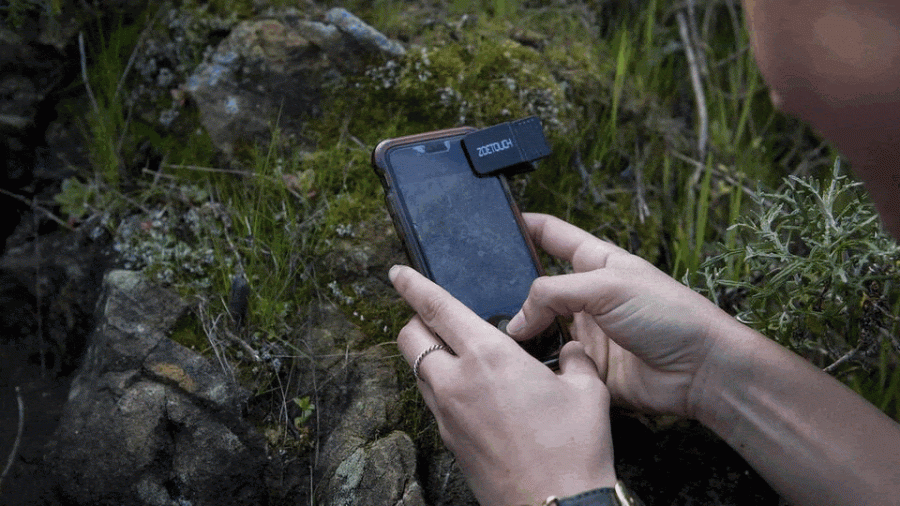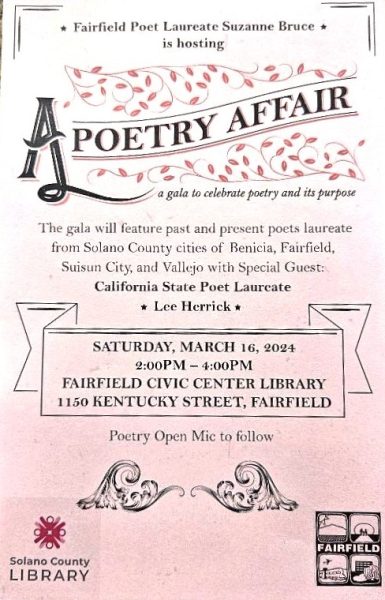Community scientists across the globe compete in City Nature Challenge
The eighth annual Challenge unites people with nature and each other as participants around the world document Earth’s biodiversity.
SAN FRANCISCO, CA (March 30, 2023) — As community science initiatives build momentum around the world, this year’s eighth annual City Nature Challenge will expand to more than 450 cities across six continents. Kicking off April 28 at 12:01 am in each time zone, the Challenge runs through May 1, 11:59 pm. The global event calls on current and aspiring community scientists, nature and science fans, and people of all ages and education backgrounds to observe and submit pictures of wild plants, animals, and fungi using the free mobile app iNaturalist. Identification of photographed species will be crowdsourced through the online community May 2 – May 7 and results will be announced on May 8.
As scientists increasingly rely on community-generated data, it is more important than ever to document nature observations on community science platforms like iNaturalist. From a recent study on threatened species in Madagascar to broader research on insect population trends over the last few decades, more than 750 studies were published using iNaturalist data in 2022. This data helps policymakers make informed conservation decisions that allow humans to coexist with the wildlife around them and view themselves as a part of, not apart from, nature.
“The biodiversity data collected through community science events like the City Nature Challenge cannot be gathered any other way,” says Alison Young, the Academy’s co-director of Community Science and co-founder of the Challenge. “Understanding exactly where in the world species are found really does take all of us, and is critical to conservation, stewardship, and regeneration of nature.”
After launching the first-ever City Nature Challenge in 2016, the Natural History Museum of Los Angeles County (NHMLAC) and San Francisco’s California Academy of Sciences (CAS) are hosting their eighth effort. Last year’s four-day challenge invited participants in 445 cities around the world to observe and submit pictures of wildlife they encountered. Participants added over 1,690,000 observations of nature to iNaturalist, and scientists continue to use these data to understand and conserve urban wildlife.
This year, the Challenge was listed as a critical action in the Biophilic Cities Network Declaration of Action for Global Biodiversity Conservation, which urges cities to develop specific plans, actions, and programs to conserve and restore urban biodiversity.
“The City Nature Challenge is the only global event that uses the iNaturalist platform,” says Anabela Plos, City Nature Challenge Spanish Language Global Organizer. “The sheer scale of this four-day event provides a unique opportunity to make and share observations of nature from around the world and expand our collective biodiversity knowledge.”
For both budding and veteran community scientists, participating is easy:
- Find wildlife. It can be any wild plant, animal, fungi, slime mold, or any other evidence of life (scat, fur, tracks, shells, carcasses!) found in your participating city. Check out this guide for tips on finding the surprisingly abundant biodiversity in and around your own home.
- Take pictures and/or sound recordings of what you find using iNaturalist.
- Learn more as your observations get identified!
Scientists can’t be everywhere at once, so without community observations, they’d miss some incredible finds. From recordings of the critically endangered white-backed vulture in Botswana to the near-threatened flame robin in Australia, there were over 2,000 observations of rare and endangered species during last year’s City Nature Challenge. Just outside of La Paz—which tallied the highest number of observations in 2022—an observation of a Bolivian racer snake marked the fourth recording of the species in 20 years and the first on iNaturalist. In the nearby town of Coroico, one iNaturalist user discovered a new species of orchid from the genus Telipogon. And an observation of the endangered dusky shark in the Tasman Sea served as a reminder of the dangers of overfishing. Many other endangered, endemic, or data deficient species were recorded during the City Nature Challenge: This influx of information gives scientists, educators, urban planners, and policymakers insight into the biodiversity of urban locales throughout the world.
See participating cities and learn more about the City Nature Challenge.





